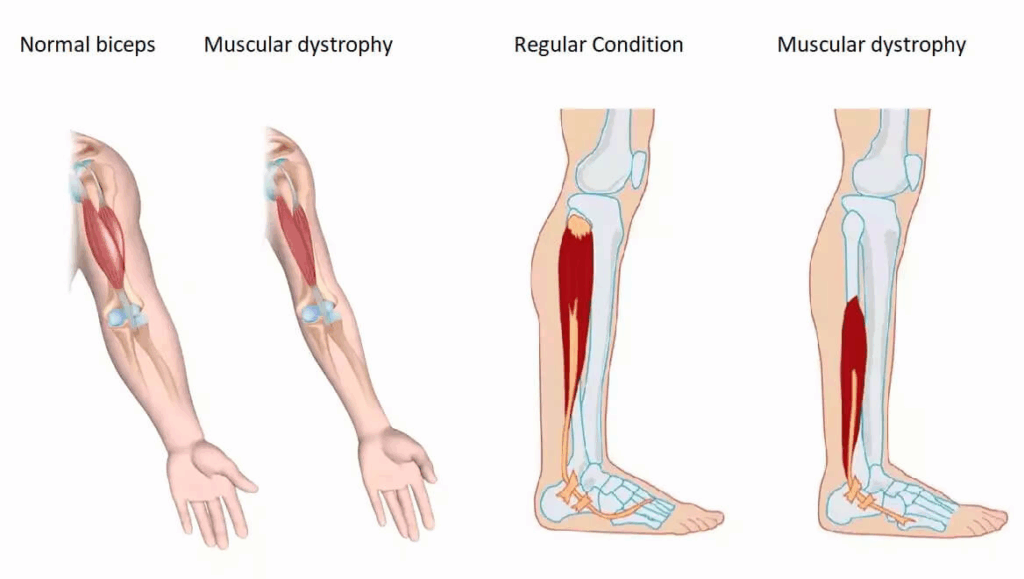
Muscular dystrophies (MDs) are a group of genetic disorders characterized by progressive muscle weakness, degeneration, and loss of function. While traditional treatments focus on physical therapy, corticosteroids, and in some cases gene therapy, increasing attention is being paid to alternative and complementary therapies—including medical marijuana. As cannabis use becomes more widespread and destigmatized, patients and researchers alike are asking whether marijuana could play a beneficial role in managing the symptoms of muscular dystrophy.
Symptom Management Through Cannabinoids
Patients with MD often experience chronic pain, muscle spasms, inflammation, and sleep disturbances. Cannabinoids, particularly tetrahydrocannabinol (THC) and cannabidiol (CBD), have been shown to have analgesic, anti-inflammatory, and muscle-relaxing properties. These effects suggest that marijuana may provide symptom relief for those living with MD.
A 2018 review in Frontiers in Neurology highlights how cannabinoids have shown promise in managing spasticity and chronic pain in neurodegenerative disorders, noting that similar mechanisms may be relevant in conditions like MD (Koppel et al., 2014). Anecdotal reports from patients with Duchenne Muscular Dystrophy (DMD), one of the most severe forms of the disease, indicate improved sleep and reduced muscle cramping following cannabis use.
Anti-Inflammatory and Neuroprotective Properties
Some forms of muscular dystrophy, including DMD, involve significant inflammation in skeletal muscles. Cannabinoids may mitigate this inflammation by interacting with the body’s endocannabinoid system, potentially slowing disease progression. A 2020 study in Biomedicines explored the role of cannabinoids in inflammation-related muscular diseases, suggesting that CBD could suppress inflammatory cytokines without psychoactive effects.
While animal models have shown encouraging results, human clinical trials remain limited. Research remains in early stages, and the variability in cannabis strains and dosing complicates medical guidance.
Safety and Regulatory Concerns
Despite the potential therapeutic benefits, challenges remain. Marijuana is not a cure for MD, and there are concerns over long-term use, particularly in pediatric populations. THC’s psychoactive properties and the lack of standardized formulations make dosage control difficult. The American Academy of Neurology has urged caution until further clinical trials are conducted.
Moreover, federal restrictions on cannabis research have historically slowed progress. Until these barriers are lifted, clinicians are left to balance anecdotal evidence with limited scientific data.
Conclusion
While preliminary evidence and patient reports suggest that marijuana may offer symptomatic relief for individuals with muscular dystrophies, robust clinical research is still needed. As legalization expands and more trials are conducted, the role of cannabis in neuromuscular care may become clearer. In the meantime, patients considering marijuana for MD should consult their healthcare providers and approach use cautiously.
References:
Koppel, B. S., Brust, J. C., Fife, T., et al. (2014). Systematic review: efficacy and safety of medical marijuana in selected neurologic disorders. Neurology, 82(17), 1556–1563.
Pagano, C., Navarra, G., Coppola, L., et al. (2020). Cannabinoids: Therapeutic Use in Clinical Practice. Biomedicines.
Frontiers in Neurology. (2018). Cannabis and Cannabinoids in the Treatment of Neurological Diseases.
Dabbin-Dad Newsroom


